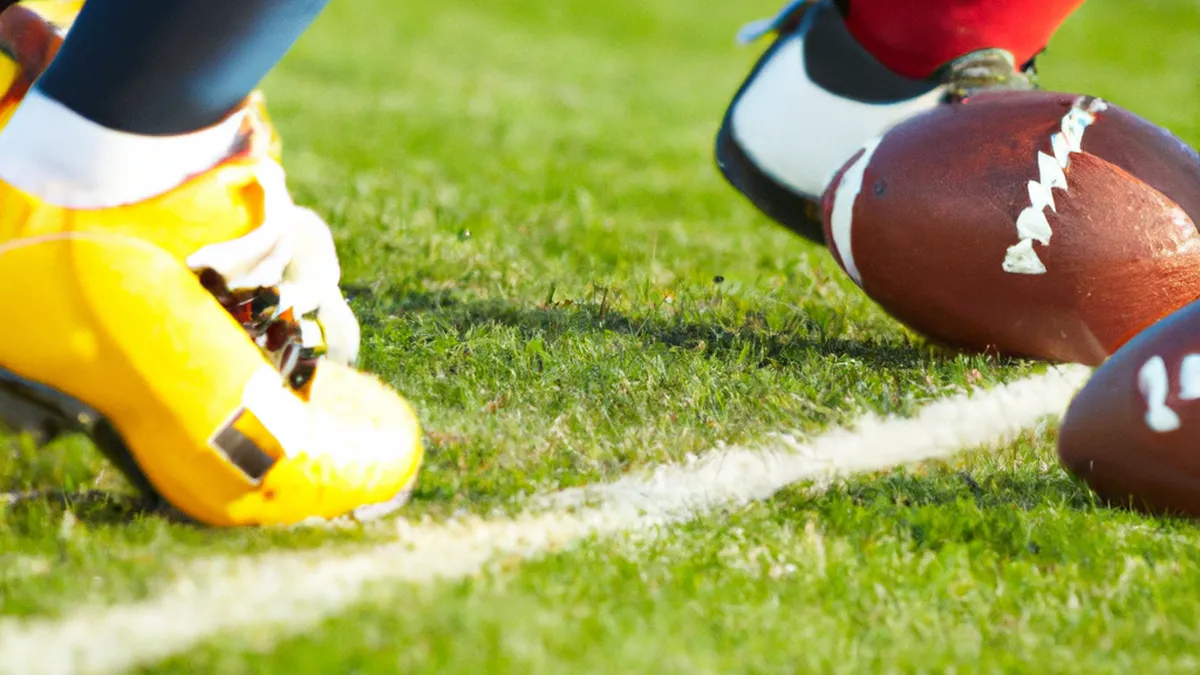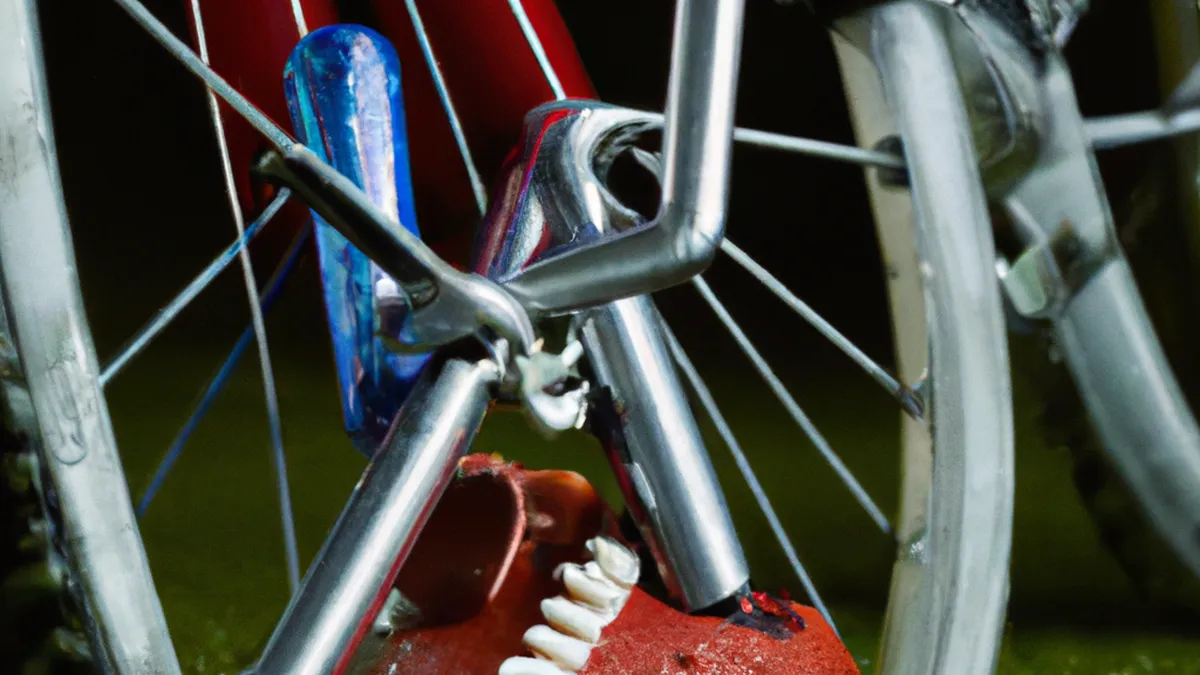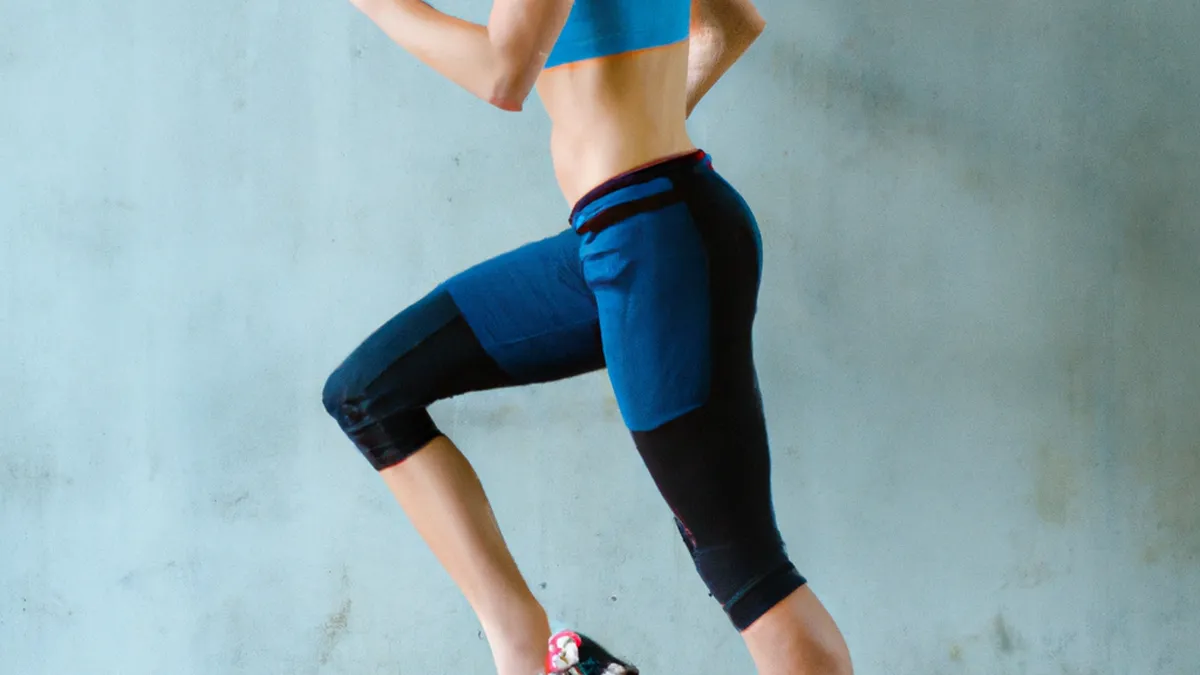Effective Techniques for Stride Improvement
Modifying Stride Length TechniquesStride length significantly impacts your running performance, whether you’re a seasoned runner or a beginner. Adjusting your stride length can enhance your speed and efficiency. This post explores techniques for modifying stride length and offers practical tips.
Understanding Stride Length
Stride length measures the distance of one complete stride. It spans from where one foot strikes the ground to where it strikes again. Factors like height, leg length, and running form influence stride length. A longer stride can boost speed but may increase injury risk if done incorrectly. A shorter stride can improve stability and efficiency. Understanding your body mechanics helps find your optimal stride length.
The Biomechanics of Stride Length
Running involves various biomechanical factors, including hip extension, knee lift, and ankle flexion. A longer stride demands more hip extension and knee lift, leading to greater energy expenditure and fatigue. In contrast, a shorter stride promotes faster foot turnover and efficient energy use. Understanding these factors helps you modify your stride length safely.
Techniques to Modify Your Stride Length
As an Amazon Associate I earn from qualifying purchases.
Gear tip: consider ice bath tub, waterproof thermometer, and circulation pump to support this topic.
1. Focus on Form
Maintain proper form when adjusting your stride length. Good running posture prevents muscle strain during adjustments. Keep your head up, shoulders relaxed, and arms moving naturally. Position your elbows at a 90-degree angle and keep your hands relaxed. Engage your core for balance and stability. Focusing on form prepares you to experiment with stride lengths effectively.
2. Use Cadence Drills
Increase your cadence to modify your stride length. Cadence is the number of steps taken in a minute. Research suggests aiming for 170-180 steps per minute. To achieve this, shorten your stride and increase frequency. Use a metronome or running app for cadence cues. Start at a comfortable pace, then gradually take quicker, shorter steps. This drill develops a more efficient running rhythm.
3. Experiment with Speed
Running at varying speeds helps you find your optimal stride length. Begin at a comfortable pace and gradually increase speed while observing your stride. Notice how your legs move and adjust as necessary. A faster pace typically shortens your stride for quicker foot turnover. A slower pace often allows for a longer stride. This practice enhances your understanding of stride dynamics.
Conclusion
In summary, adjusting your stride length through proper form, cadence drills, and speed experimentation can improve your running performance.
Below are related products based on this post:
FAQ
What is stride length?
Stride length measures the distance of one complete stride, from where one foot strikes the ground to where it strikes again. It is influenced by factors such as height, leg length, and running form. Understanding your stride length is crucial for optimizing running performance and efficiency.
How can I modify my stride length safely?
To modify your stride length safely, focus on maintaining proper running form. Keep your head up, shoulders relaxed, and engage your core for balance. This approach minimizes the risk of muscle strain while experimenting with different stride lengths.
What role does cadence play in adjusting stride length?
Cadence, or the number of steps taken in a minute, plays a significant role in adjusting stride length. Increasing your cadence typically involves shortening your stride and taking quicker, more frequent steps. Aiming for a cadence of 170-180 steps per minute can help develop a more efficient running rhythm.















Post Comment